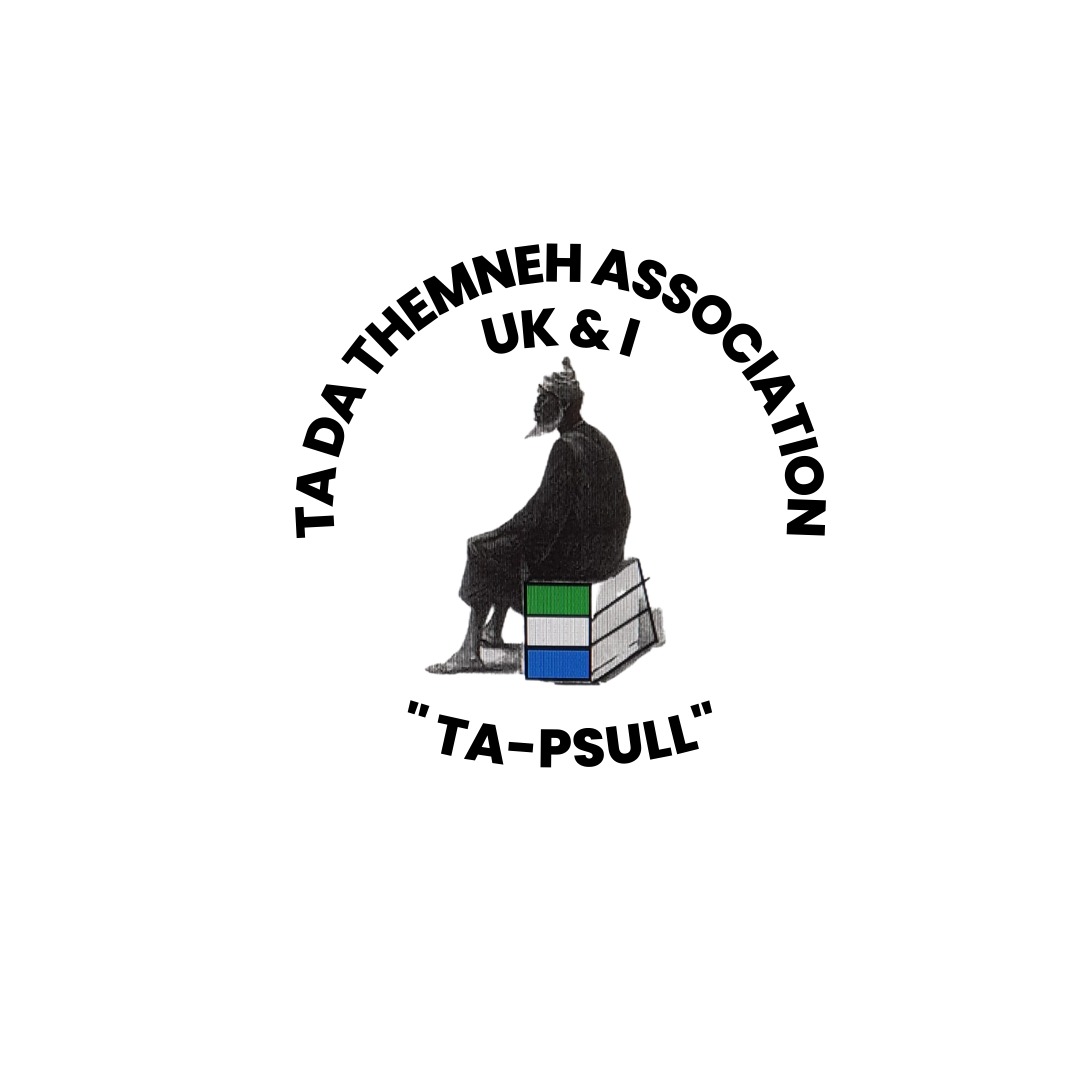History of Themneh
The Themneh people, also known as the Themneh, are one of the largest ethnic groups in Sierra Leone, constituting approximately 35% of the country’s population. They have a rich history that predates colonial times and continues to play a significant role in the cultural and political landscape of Sierra Leone.
Early History and Origins
The Themneh are believed to have migrated from the Futa Jallon region of Guinea around the 11th century. Their migration was driven by a variety of factors, including conflicts and the search for more fertile lands. They settled in the northern and western parts of what is now Sierra Leone, primarily in the Northern Province and along the coast.
Pre-Colonial Period
Before the arrival of European colonizers, the Themneh had established a well-organized society with a complex social and political structure. They were known for their agricultural prowess, cultivating rice, millet, and other crops. The Themneh society was hierarchical, with a king (the Bai) at the top, followed by local chiefs and clan heads. They also had a council of elders that played a crucial role in decision-making.
The Themneh were also involved in trade, both locally and across West Africa. They traded in goods such as salt, iron, and cloth. The coastal location of some Themneh communities facilitated interactions with other African groups and later with European traders.
European Contact and Influence
The Themneh first came into contact with Portuguese traders in the 15th century, followed by other European powers including the British and the French. The Europeans were interested in trade, particularly in gold, ivory, and later, slaves. The slave trade had a profound impact on Temne society, leading to increased warfare and social disruption.
Colonial Period
The arrival of the Portuguese in the 15th century marked the beginning of European contact with the Themneh. However, it was the British who had the most significant impact. In the early 19th century, the British established the colony of Freetown, initially as a settlement for freed slaves. This led to increased interactions and conflicts with the Themneh, who resisted British encroachment on their land.
Throughout the 19th century, the Themneh engaged in various conflicts with the British, who were expanding their control over the interior regions. The most notable of these conflicts was the Themneh-led resistance during the Hut Tax War of 1898. This rebellion was a reaction to the imposition of a tax on dwellings by the British colonial government, which was seen as an affront to local autonomy and economic burden. The Themneh, alongside the Mende people in the south, fought fiercely but were eventually subdued by the better-armed British forces.
Post-Colonial Period
Sierra Leone gained independence from Britain in 1961. Since then, the Themneh have continued to play a crucial role in the nation’s politics. They are predominantly found in the Northern Province, where they form the majority. The Themneh have been influential in Sierra Leone’s political sphere, with many prominent leaders hailing from the Themneh community.
The Themneh are also known for their vibrant cultural practices, including music, dance, and festivals. They have a rich oral tradition, with folklore and storytelling being integral parts of their culture. Secret societies such as the Poro (for men) and Bondo (for women) play significant roles in the socialization and initiation of young Themneh into adulthood.
Recent Developments
In recent years, the Themneh, like other ethnic groups in Sierra Leone, have faced challenges related to economic development, education, and healthcare. The civil war that ravaged Sierra Leone from 1991 to 2002 had a profound impact on the Themneh community, displacing many and disrupting traditional ways of life.
Despite these challenges, the Themneh continue to be a vital part of Sierra Leone’s social fabric. They contribute to the country’s cultural diversity and resilience, maintaining their traditions while adapting to modern realities. The political landscape of Sierra Leone still sees significant participation from the Themneh, reflecting their ongoing importance in the nation’s affairs.

